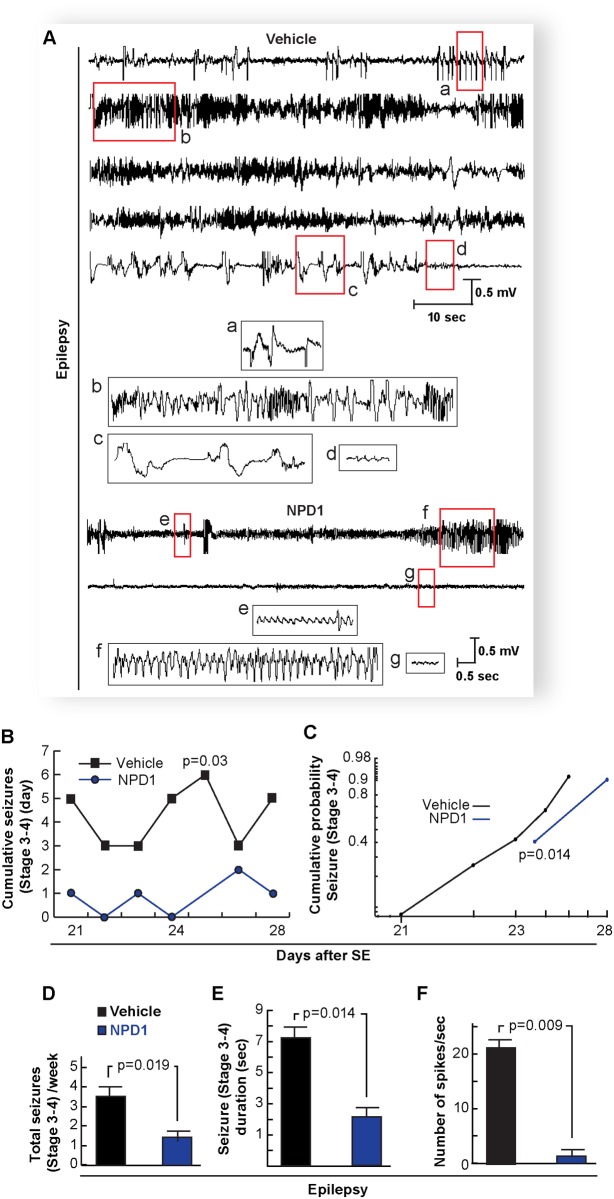Figure 6. Administration of neuroprotectin D1 during epileptogenesis reduces spontaneous recurrent epileptic seizures.
A: Representative local field potential from the CA1-pyramidal layer three weeks after status epilepticus (epilepsy) from mice treated with NPD1 or vehicle during 5 days after status epilepticus. Note that NPD1-treated mice (NPD1) display an attenuation of spontaneous hippocampal epileptic electrical activity compared with vehicle-treated mouse (vehicle). Insets (red boxes from a-d) are traces from the vehicle: (a) initial discharges, followed by (b) synchronized poly-spike activity interrupted by bursts of high frequency discharge; (c) spike waves; and (d) post-ictal phase. Other insets (red boxes from e-g) are traces from NPD1-treated mice: (e) initial discharge; (f) synchronized spikes; and (g) post-ictal phase. B: Cumulative generalized seizures (Racine’s score > stage 3) per day and cumulative probability (C) at the third week after status epileptics are reduced in NPD1-treated mice (n = 5) vs. vehicle-treated mice (n = 6). D: Total cumulative seizures per week and duration of each locomotor seizure (E) are limited in NPD1-treated mice compared with vehicle. F: NPD1-treated mice (n = 4) show a reduced number of epileptic spikes compared with vehicle-treated mice (n = 4). Bars indicate means, and error bars represent S.E.M. p = p value (two sample t-test).

